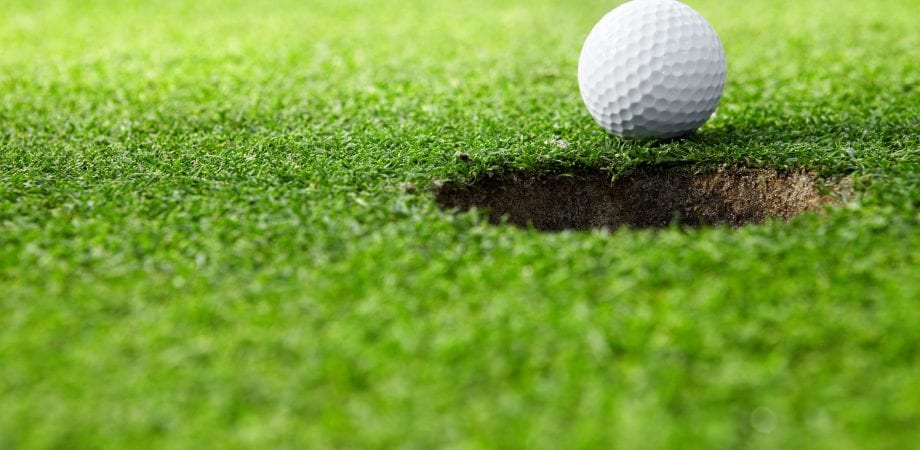What Lies Beneath

With 2017 quickly coming to a close, most of you are beginning to wind down and possibly reflect on this year. The inconsistent weather patterns of 2017 brought its challenges, but all in all, it wasn’t a high-pressure disease year like we have had in the past. Even with periods of rain, drought, and above and below average temps, turf conditions in our area (northern Ohio) have been great all season long.
During my travels this year, I have had several customers struggling with anthracnose on putting surfaces. While this is not a rare occurrence in our territory, the inability to control the outbreak of anthracnose chemically was a cause for concern. Usually, a chemical application of ArmorTech’s CLT 720, PPZ 143, or TEB 360 or Fame Fungicide will clean up any anthracnose outbreak. This year we had a few cases where nothing seemed to be eliminating the problem. It forced us to look beyond our chemical programs and look for the “root of the problem.”
In my territory, we had several courses that looked deeper into what was causing the outbreak of anthracnose. While usually mechanical damage, wear traffic, moisture, humidity, and temperature are the main causes of anthracnose, we decided that with the weather conditions we were experiencing that we needed to do soil tests to look at the possibility of nematodes as a cause for the outbreak of anthracnose.
I collected and ran soil tests on 3 courses this summer where we suspected a nematode presence, and the results confirmed our beliefs. There were high counts of sting, stunt, ring, and spiral nematodes in all tests we sent in. While these results were not welcomed news by the superintendent, at least we got the information needed to devise a plan of action to combat and control the nematode population.
In the past Nemacur was the go-to application for eliminating nematodes in the turf. This product was discontinued for sale in 2008, and any product left on the shelf by law had to be used by October of 2017. This caused a void in a true nematicide until recently. Bayer launched a product called Indemnify for just this reason. Indemnify applied at 17.1 oz/acre rate has had tremendous results in lowering the population below recommended thresholds, and the turf quality and rooting improved almost immediately. While this is a costly application per acre, the alternative of not treating for nematodes and spraying every 5-10 days with limited results proved to be just as costly and frustrating.
If you have had issues with anthracnose, I strongly recommend contacting your ATS rep and conducting a soil test this spring. This will allow you to see where your nematode counts are before this becomes an issue during the stressful summer months. Rather than being frustrated and making consecutive applications trying to combat anthracnose, take a step back and look at what truly is causing this to be an issue for the overall health of your turf. I know the few superintendents that took the time to have their soils tested will agree that knowing that nematodes are present and being able to control them has been beneficial to maintaining high-quality turf.
Jason Bennett
Sales Representative







